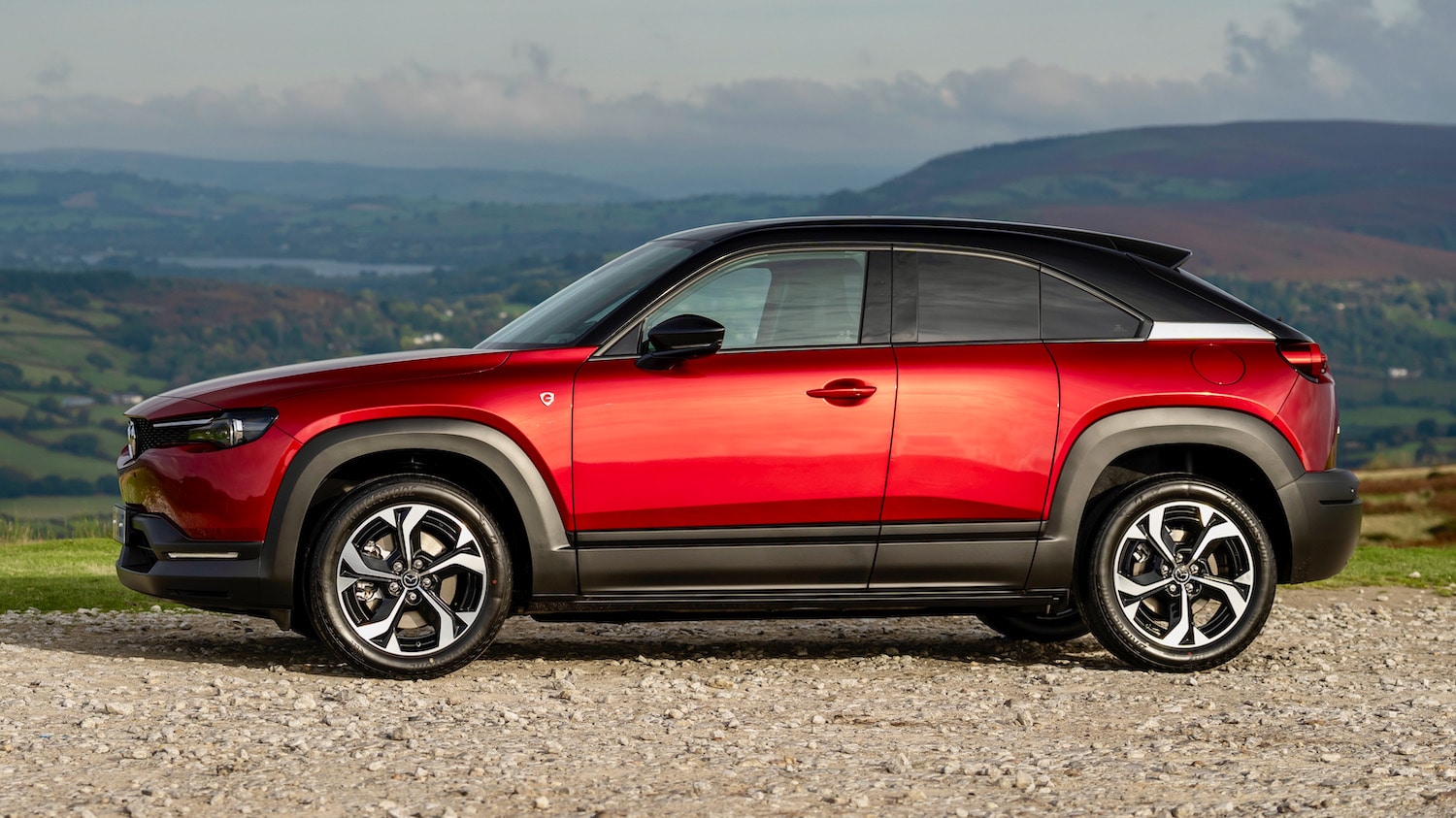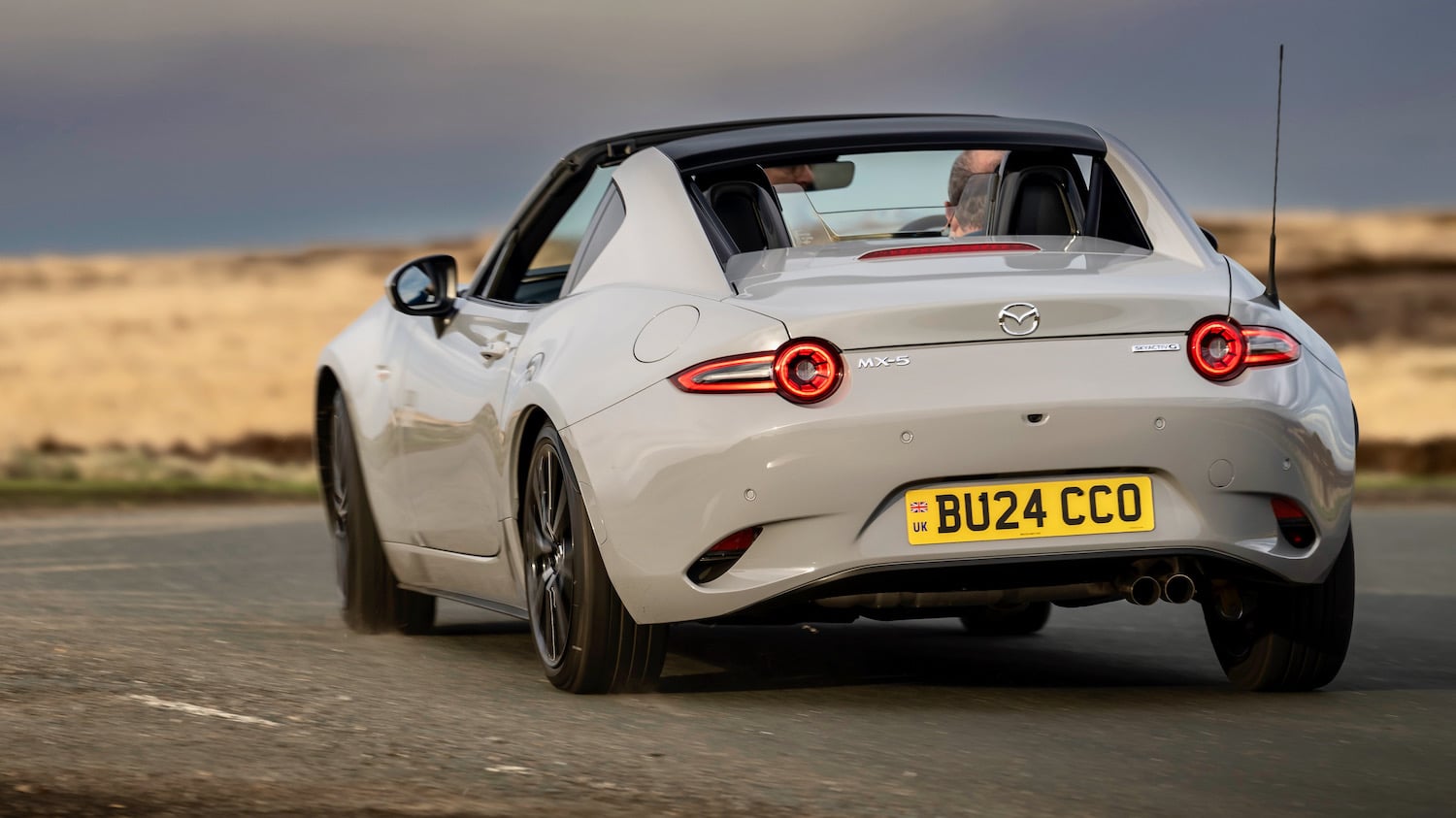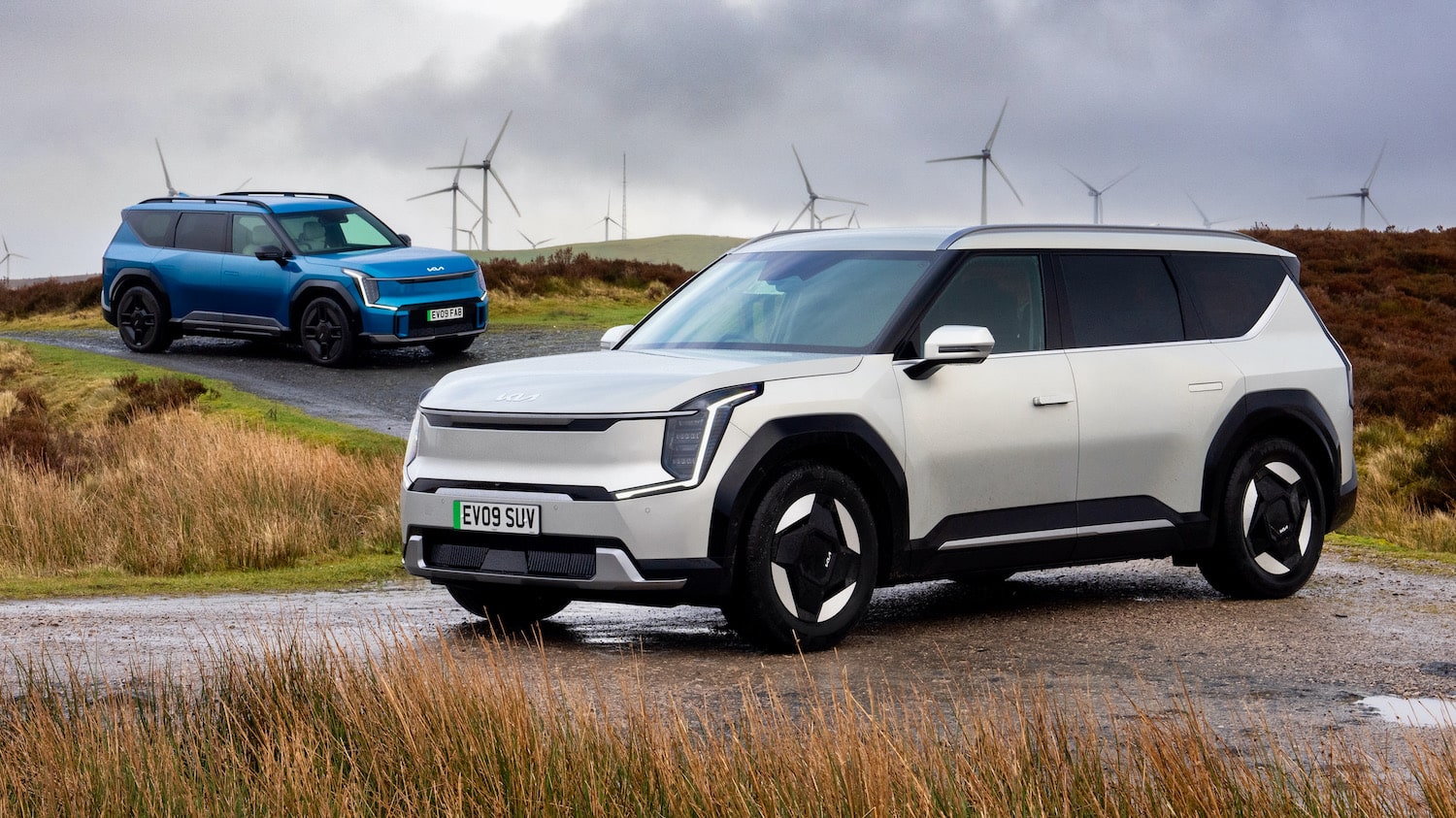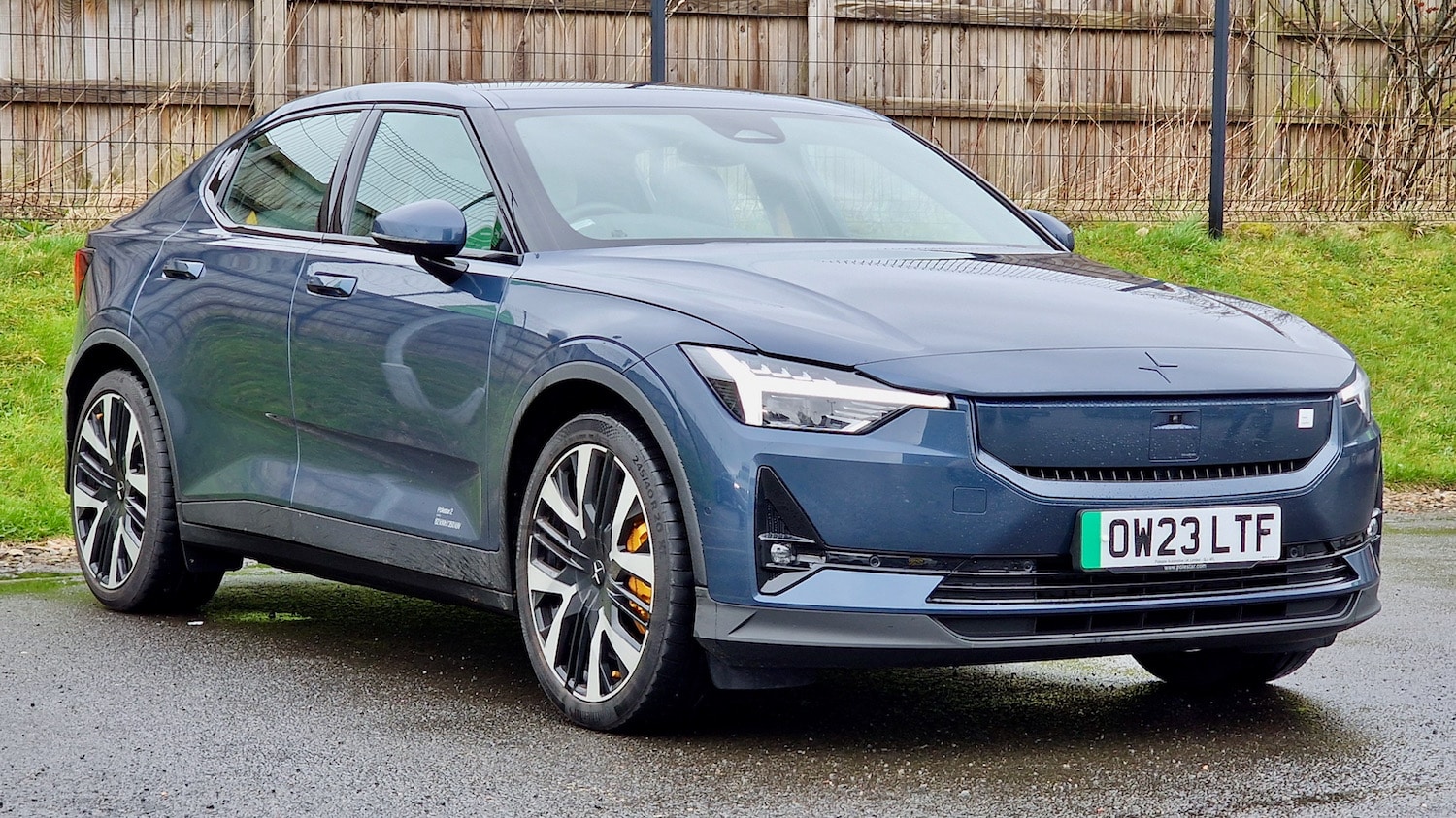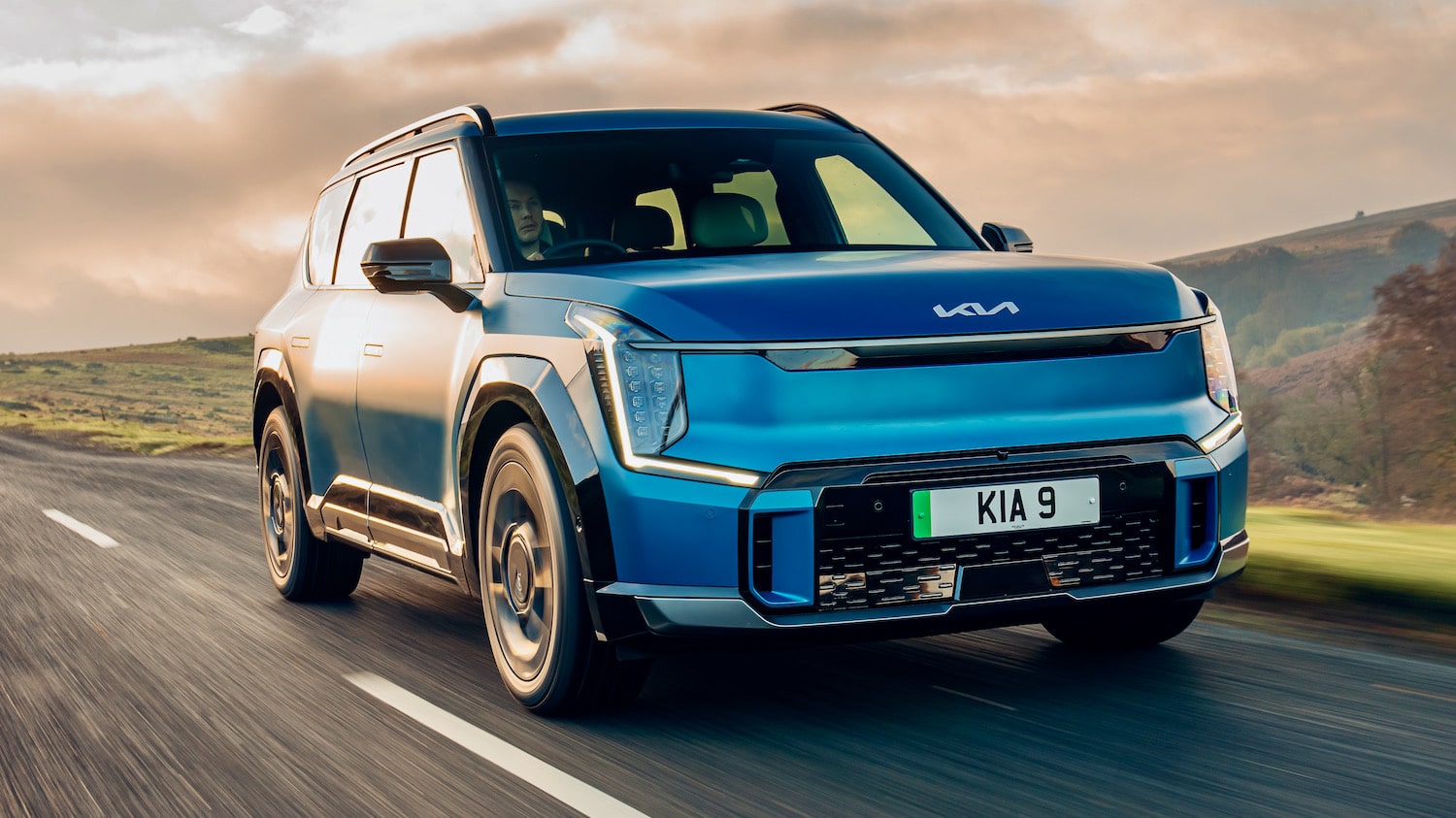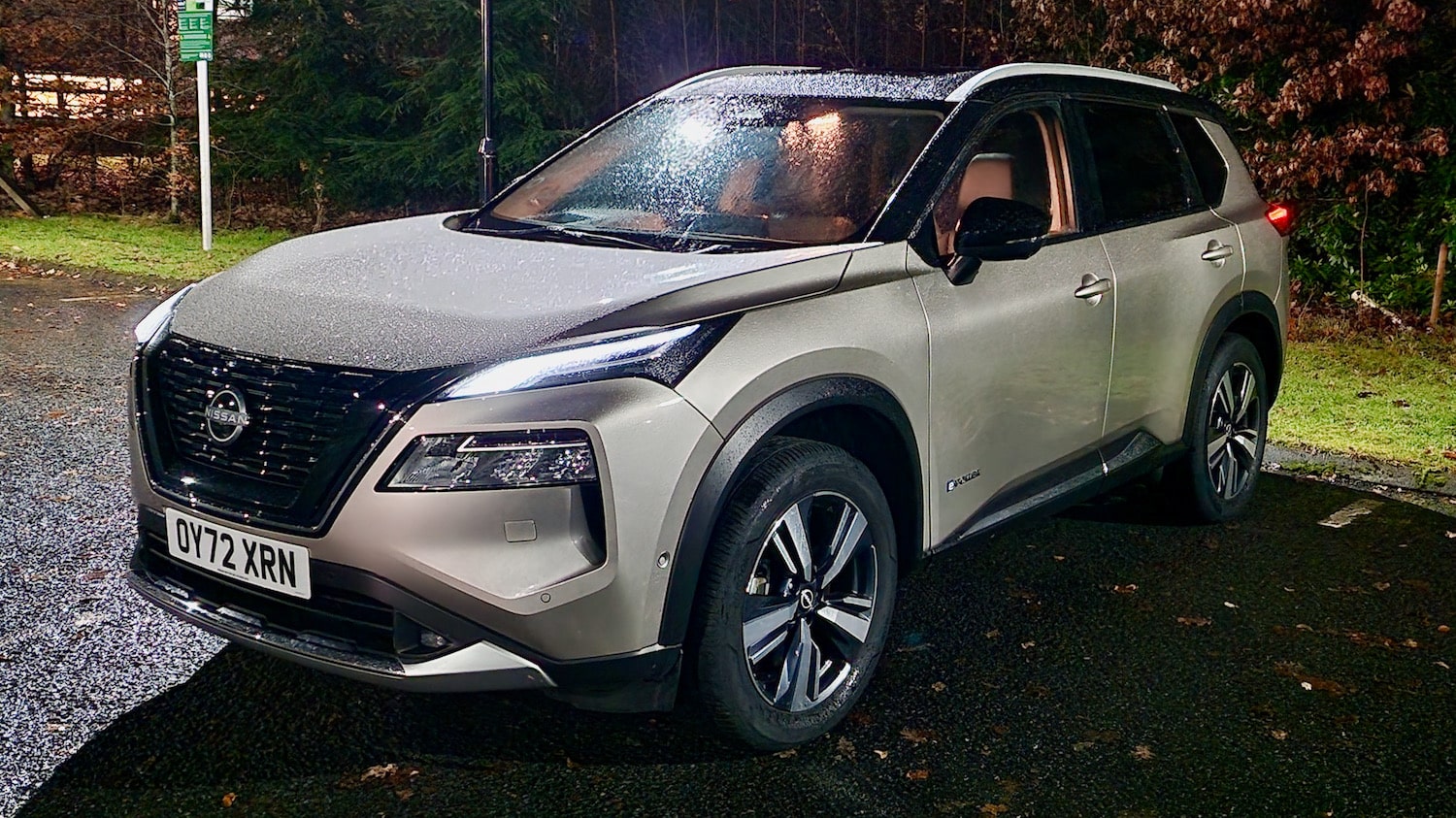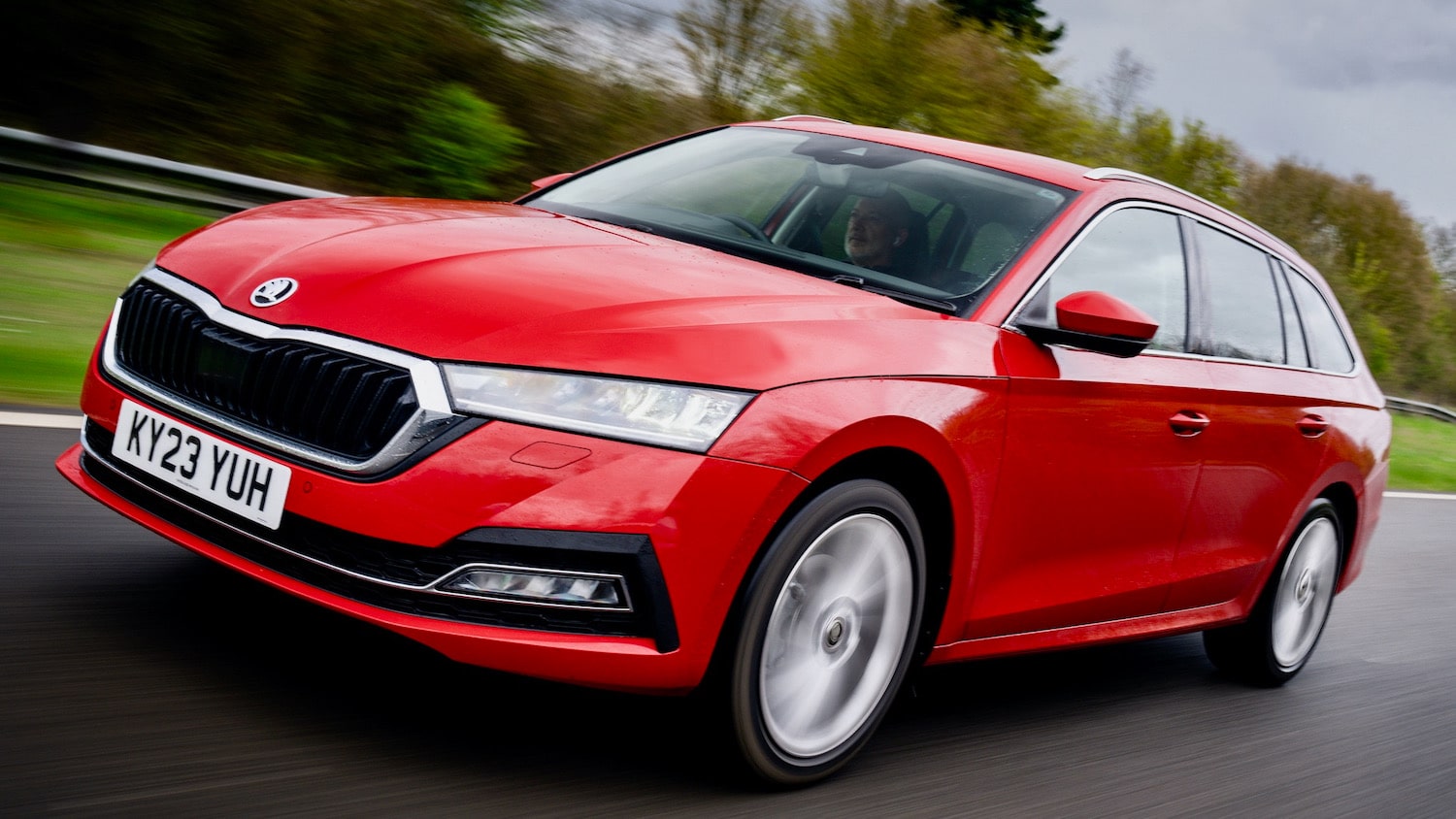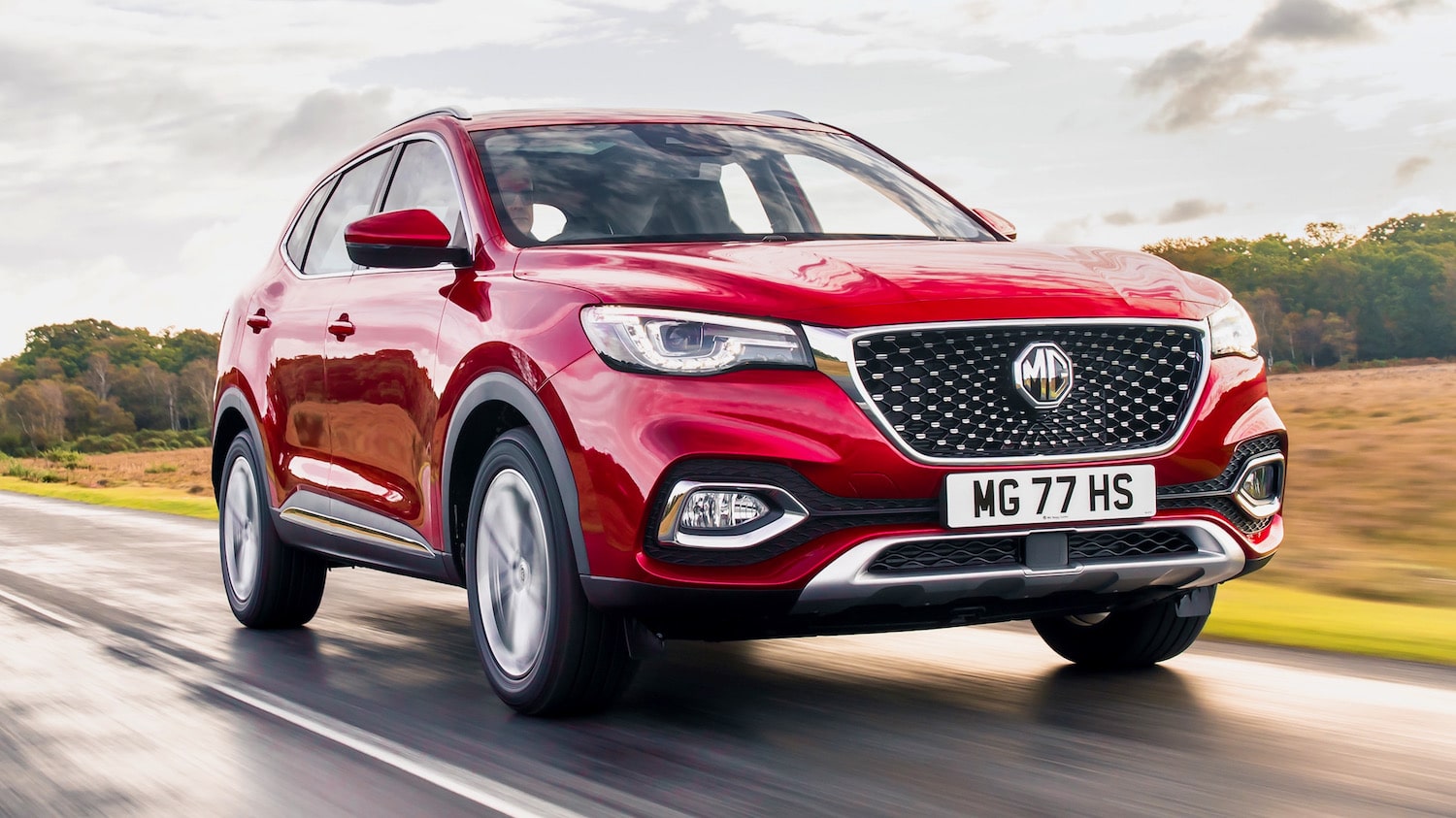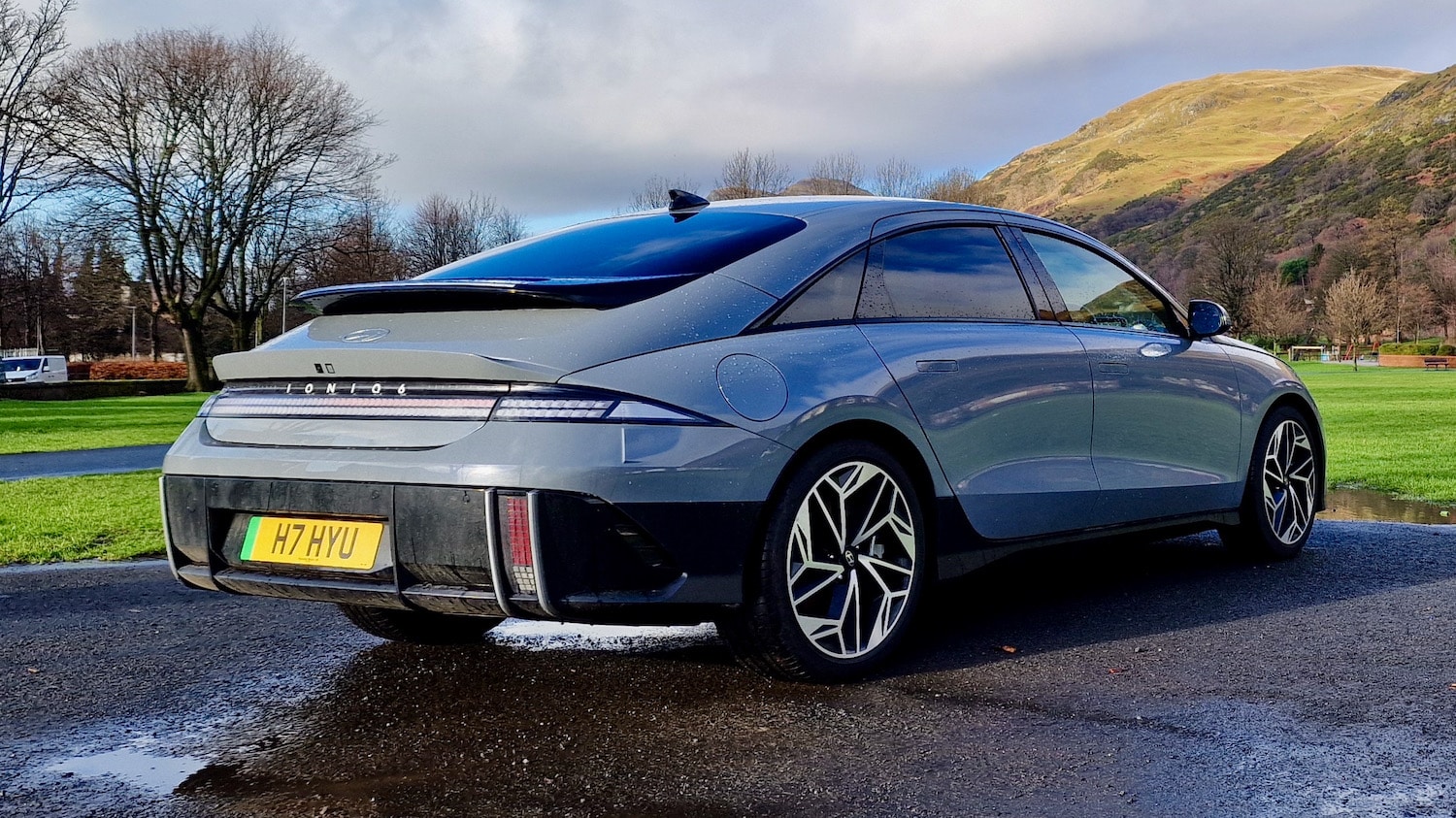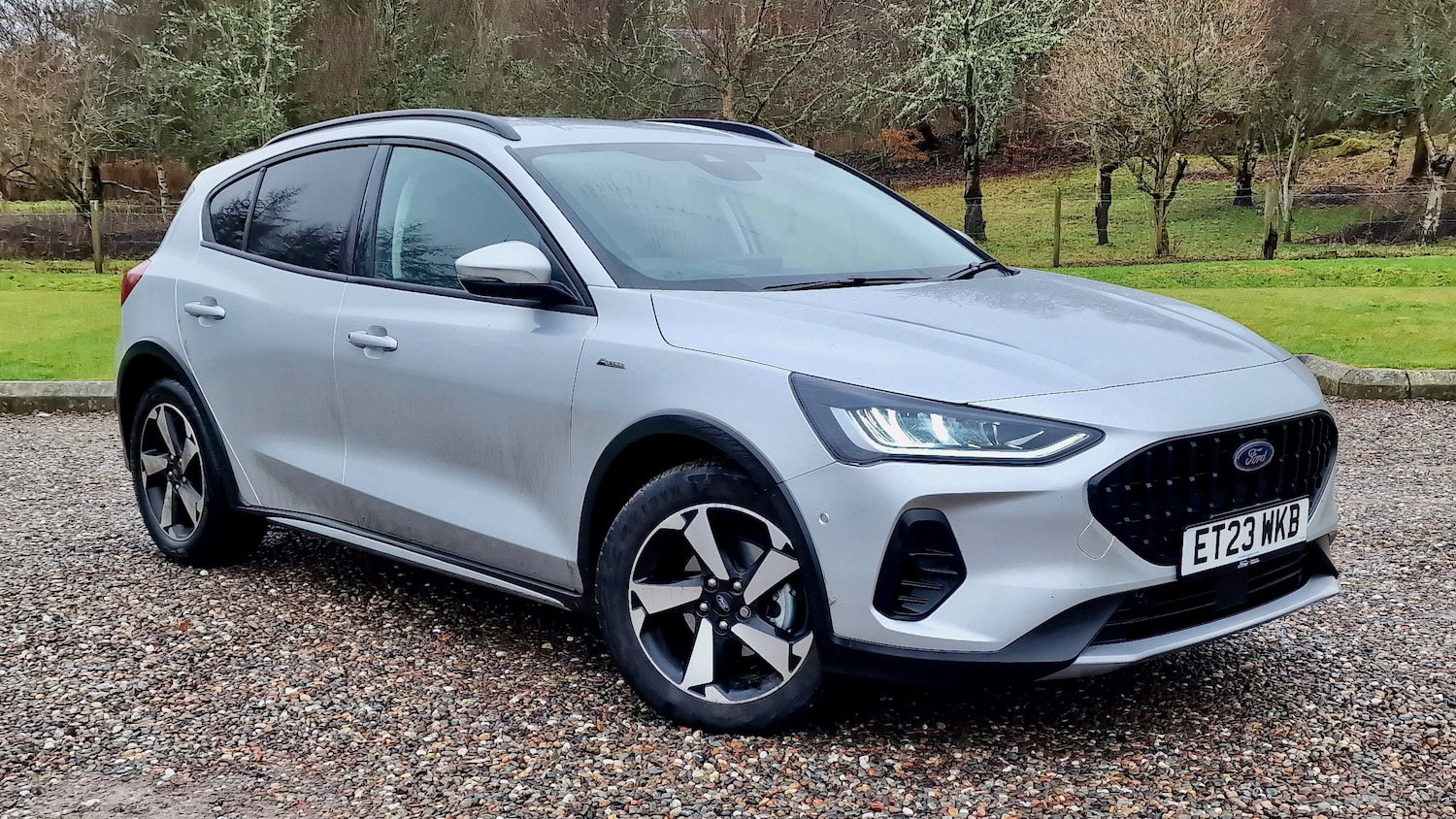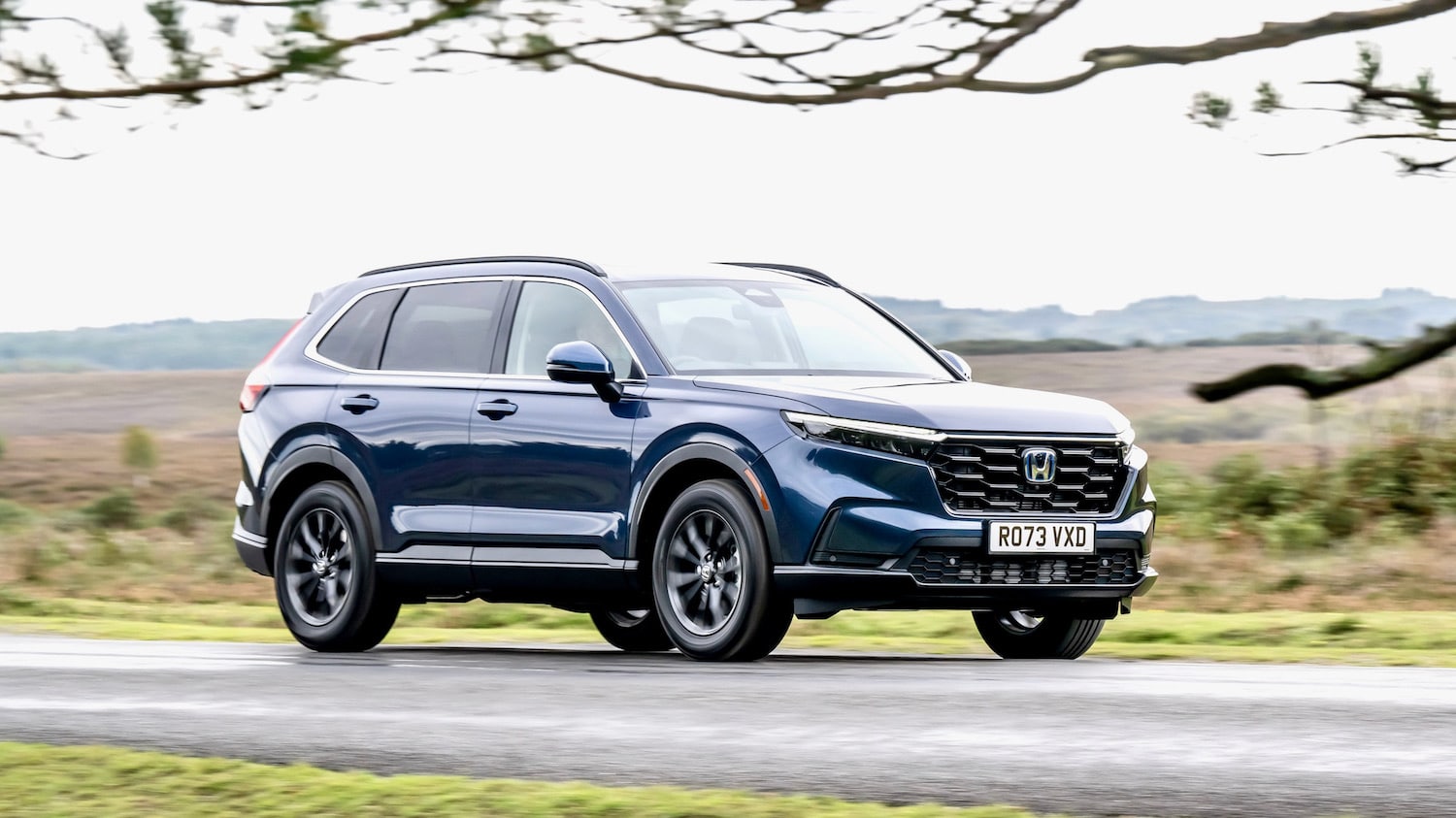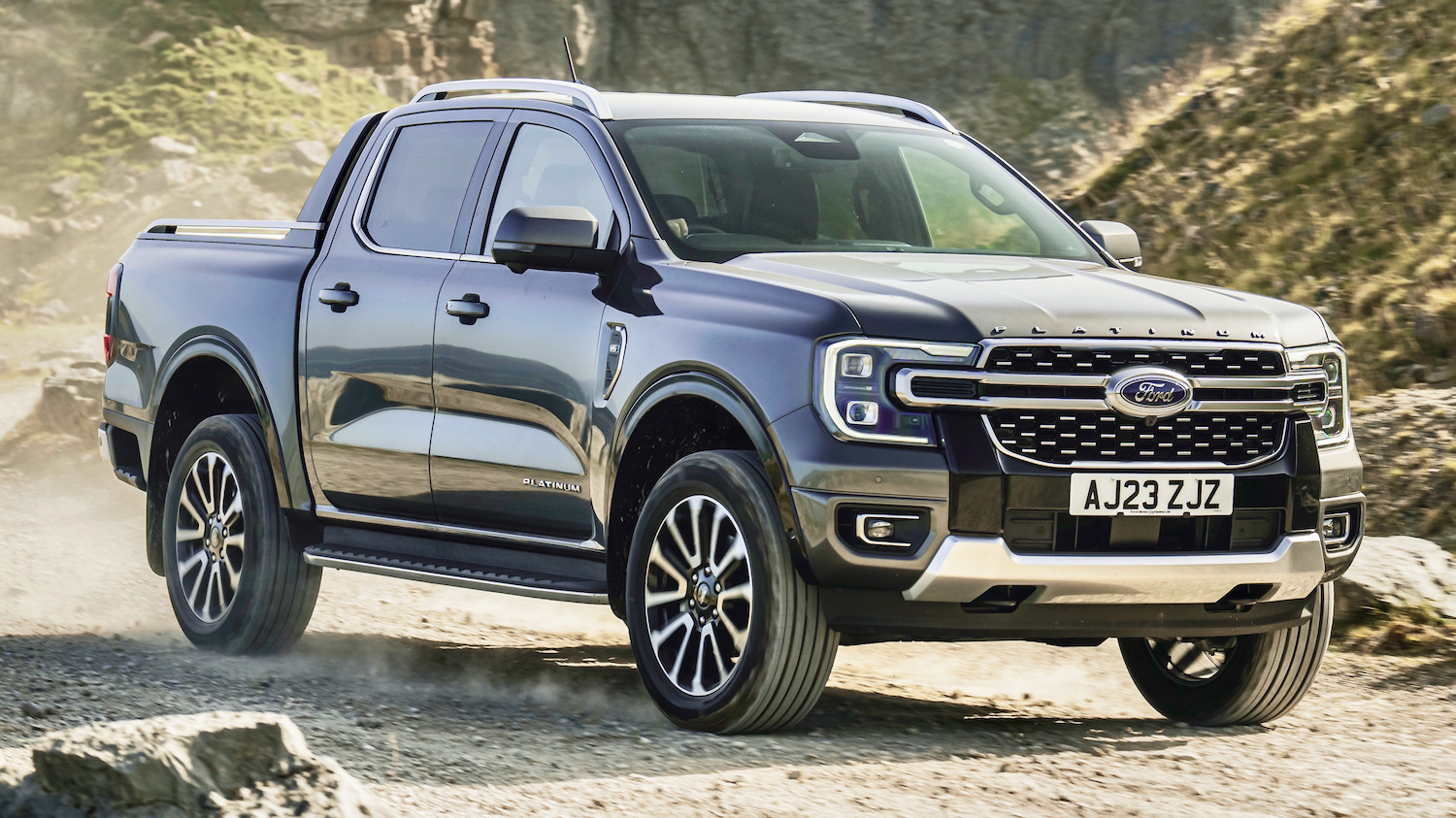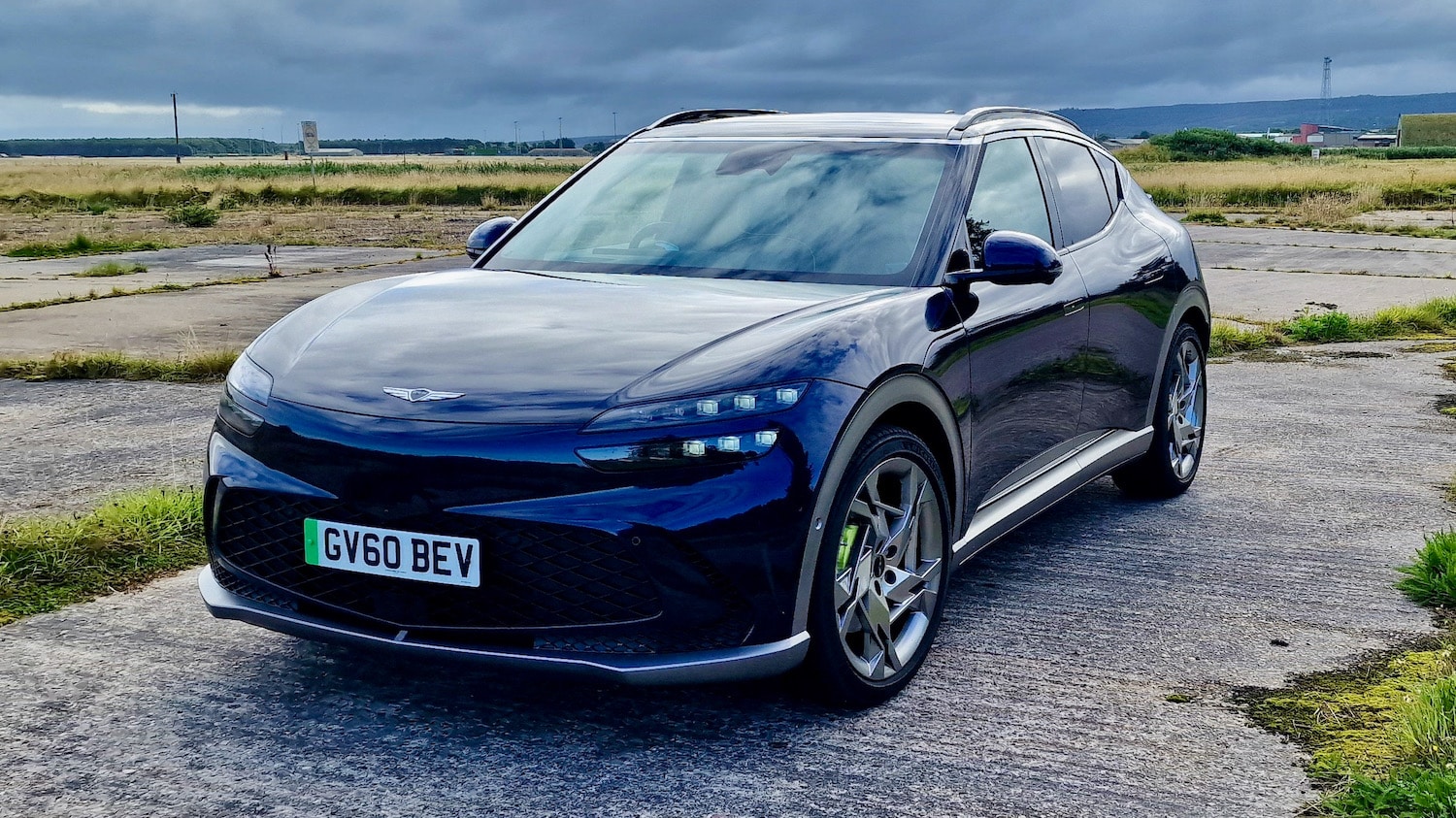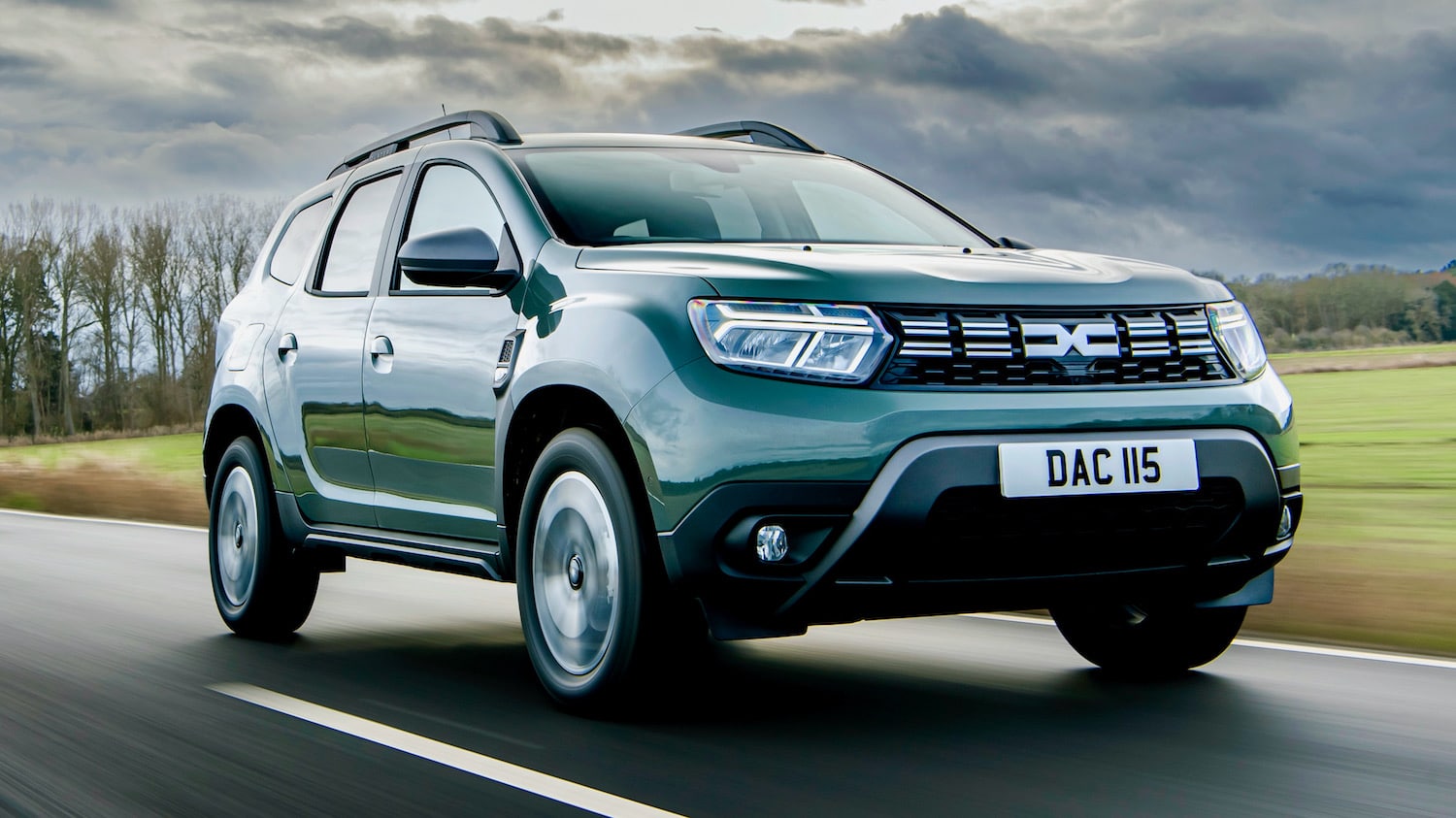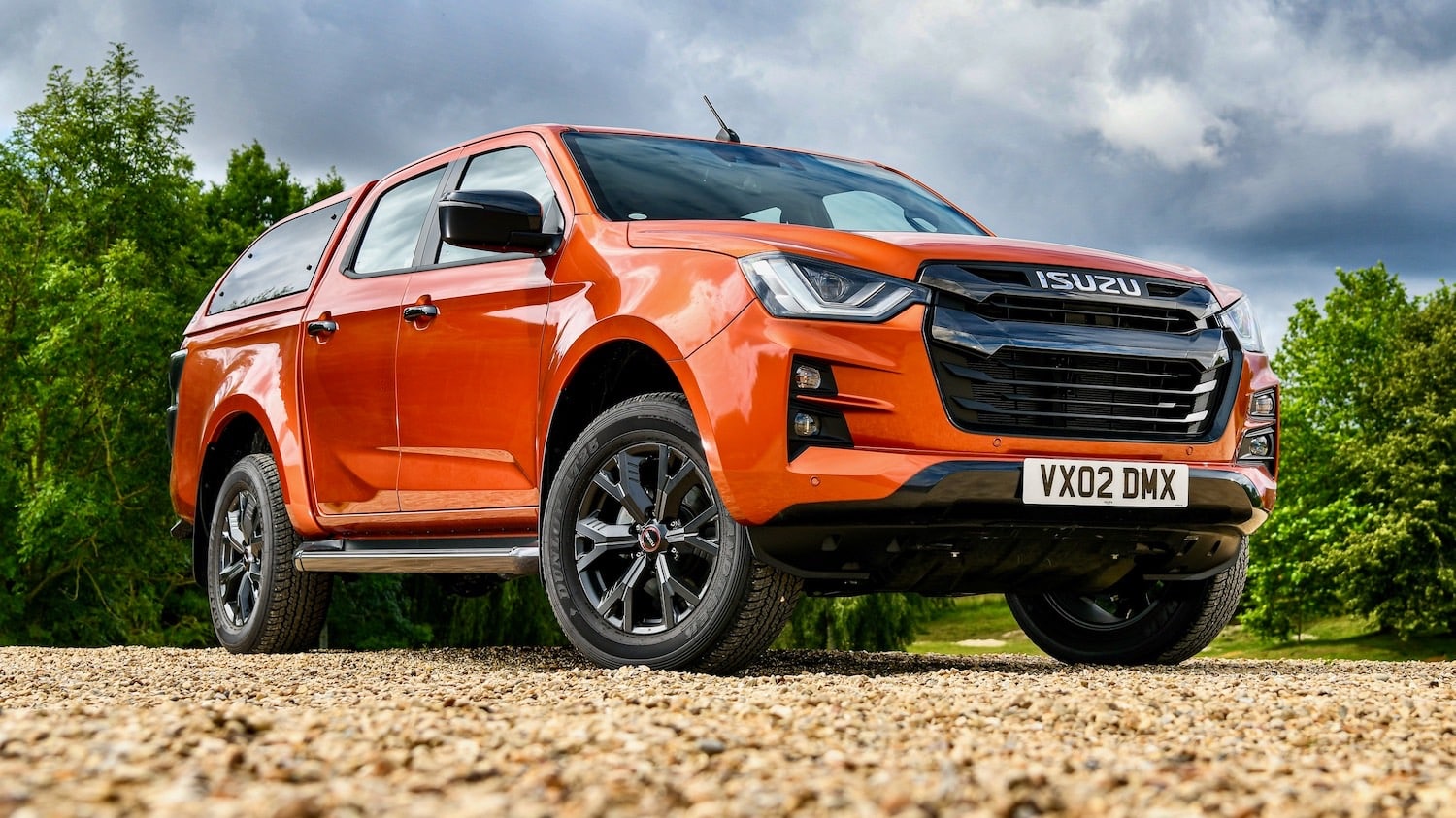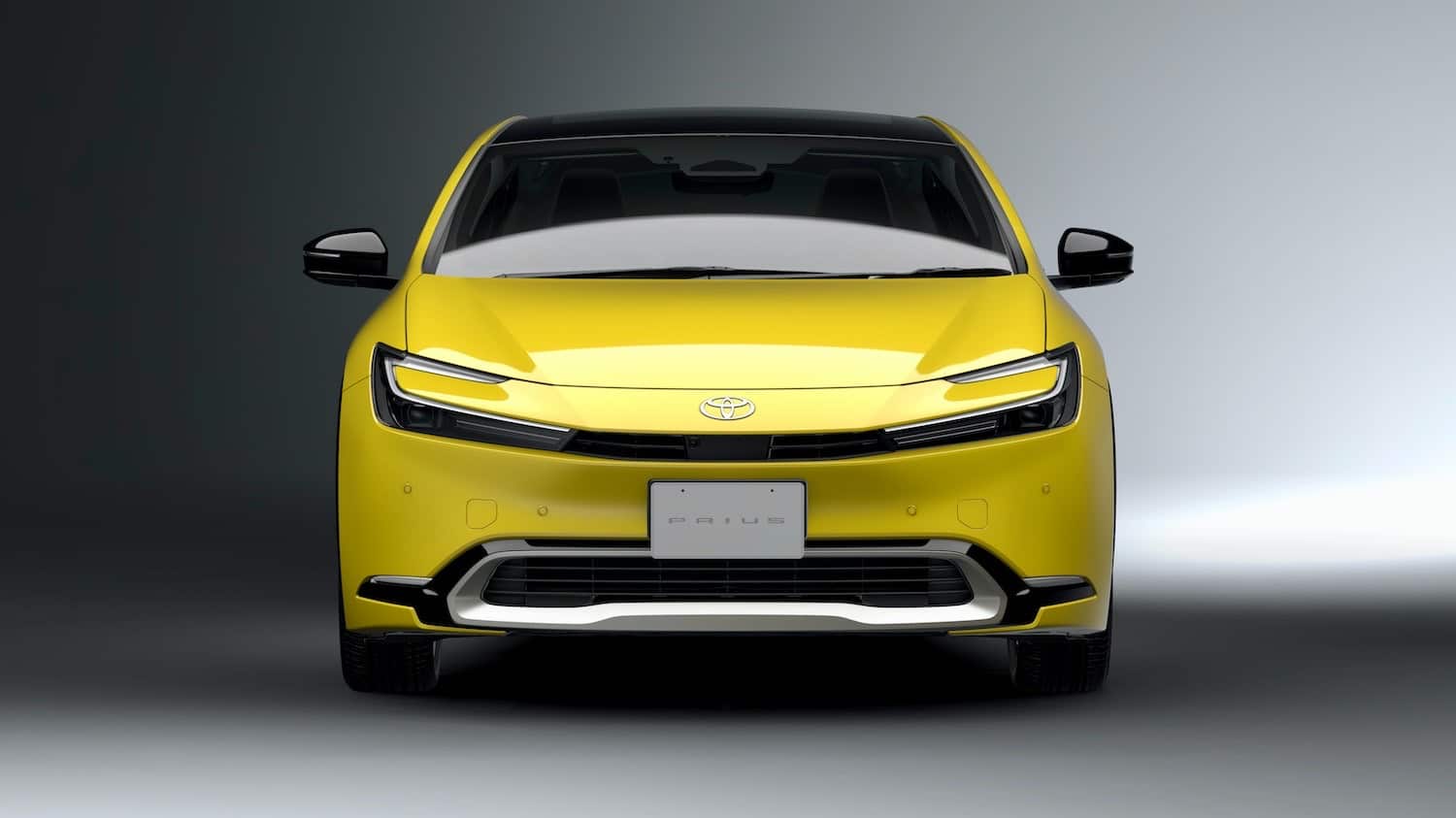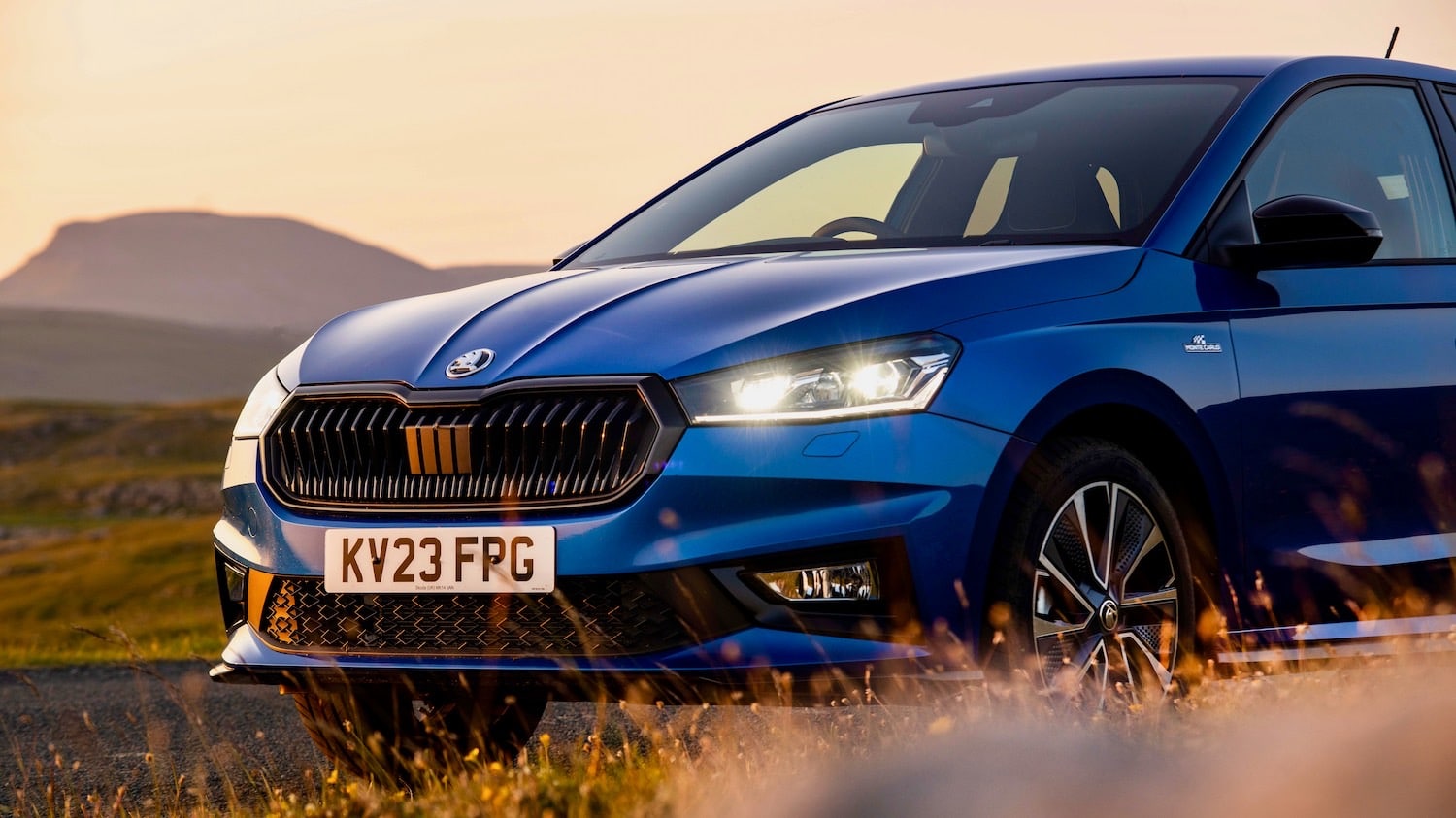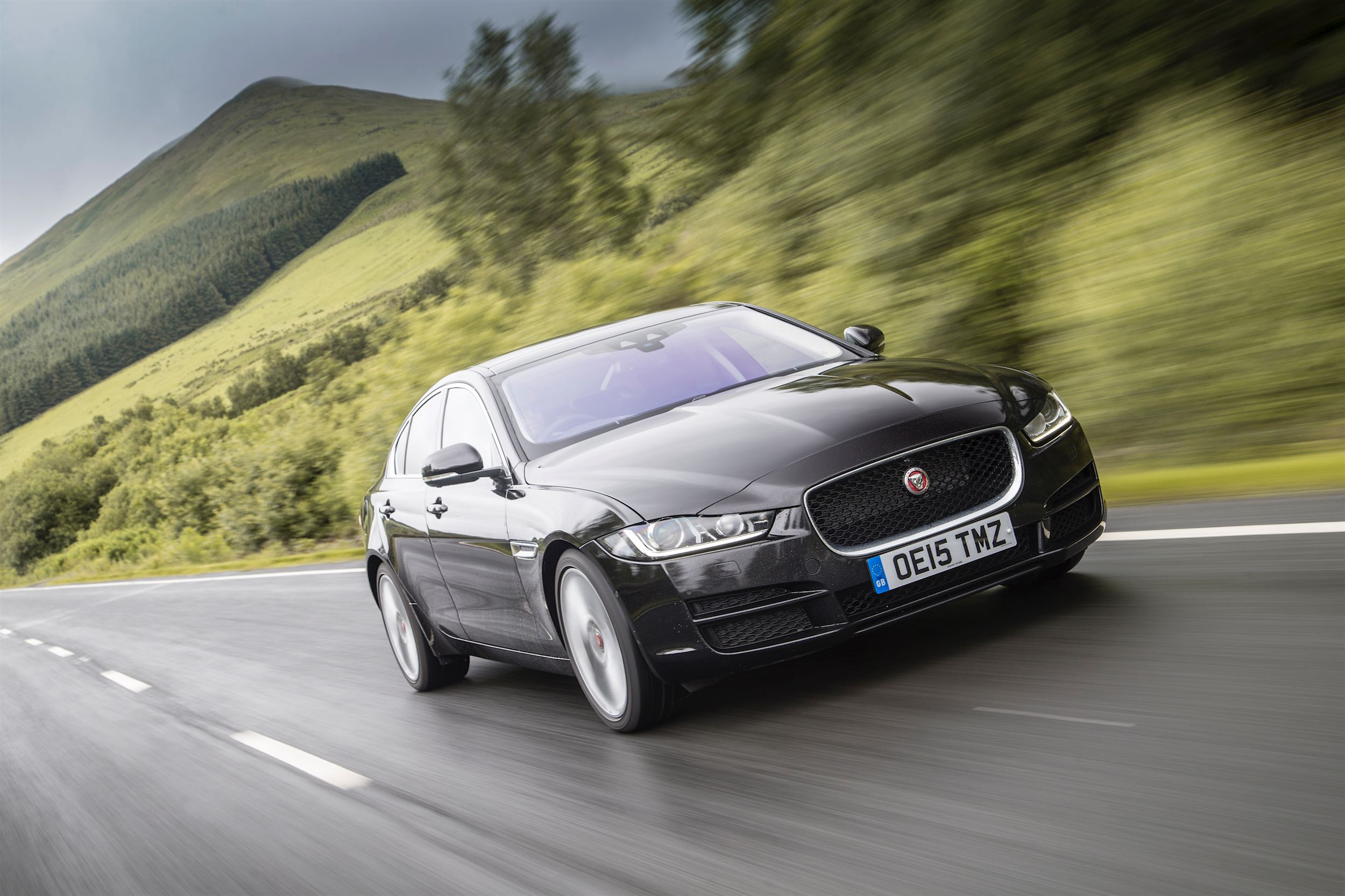The new Jaguar XE needs more than a mere motoring writer to do it justice.



It demands the scholarship of an art historian, the breadth of a public affairs analyst and the depth of a social psychologist. This thing is far more than just a simple car.
But let’s discuss it first simply as a car.
As a rival for BMW’s 3 Series, Audi’s A4 and Mercedes C-class, the XE makes an infinitely more convincing fist of the job than Jaguar’s last effort in this compact executive class. The X-type produced from 2001-2009 under Ford’s ownership of Jaguar was arguably the most profoundly ill-conceived car in the entire history of that noble brand (now approaching a hundred years).
Dreamt up as a classic corporate exercise in Detroit and imposed on the reluctant Brits as a fait accompli, the X-type was essentially a re-skinned Mondeo. It took surplus bits and pieces from Ford’s parts bin and assembled them in a barely modified form and order. It trashed the essential appeal of a Jaguar by incorporating front-wheel drive. If a Jaguar isn’t engaging and exhilarating to drive, it isn’t – from the word go – a Jaguar. To achieve that effect, it needs to be rear-wheel drive.
Which is what you get with the new XE. A four-wheel drive version is in the works but, for the moment, the XE comes with rear-wheel drive and Jaguar Land Rover’s latest 2.0-litre turbocharged four-cylinder diesel and petrol engines in the Ingenium range and, soon, the 3.0-litre supercharged V6 petrol engine we first saw in the F-type.
One thing that can be said for sure about Ian Callum, Jaguar’s Director of Design, is that he knows and understands what makes a Jaguar down to the last corpuscle in his veins. This elemental grip shows in the deep, muscular flanks of the XE, its determined snout and its emphatic rear-end. From every angle, it’s obvious that the XE means serious business. That coherent certainty of purpose is also evident in the interior where the sweeping curve of the fascia is reminiscent of a classic speedboat like a Chris Craft.
The £34000+ 2.0-litre diesel I borrowed puts out 163 PS (120 kW; 161 hp) with a lusty 380 NM of torque transmitted through an eight-speed semi-automatic gearbox with steering-wheel paddles. This is more than enough for the XE to hold its own against its German rivals; and the driving dynamics and handling characteristics are almost on a par with the best of BMW and Mercedes, certainly equal to Audi. I relished my week with the XE in all conditions – motorways, A-road and country byways. Gunning it on the 24-mile circuit of minor roads through the Ochill hills which lies outside my back door and is my standard test route, the XE was positive and secure on its 17” lightweight alloy wheels. My wife said, mysteriously, that she didn’t feel she could safely take her hands off the steering-wheel when she was driving the XE. I refrained from asking what the hell she thought she was up to.
As a 3 Series challenger, the XE stands in the same relation to Jaguar’s XF as the 3 Series is to BMW’s 5 Series. In other words, it’s too tight in the back seats. When my wife made herself comfortable with sufficient leg-room in the front, our older daughter – who is only 13 – had barely enough space for her feet and legs in the seat behind. The boot is also too small for a family car.
But, of course, (and at this point, we call upon the theoretical analysts and style gurus) the XE is not designed primarily to be a family car. It’s meant to appeal to youngish (aged, say, 30-40) corporate thrusters who are tearing up the promotion ladder while they are probably postponing children for the sake of their career. It’s one of those statement possessions that are meant to show taste, discernment, maturity and high fashion sense (along with an unabashed awareness of what the employee is worth) when the ambitious young turk crunches it across the gravel at the boss’s house for dinner.
The BMW, the Mercedes and the Audi all put on this performance as to the manner born. The Jaguar XE would be less convincing in the role.
Why?
To find the answer, I asked my 34 year-old son who is a marketing executive whether he would buy an XE.
He was scathing. “To me,” he replied, “Jaguar means old, staid and self-important. There’s no way I would want to associate myself with those qualities.”
There, in a nutshell, is Jaguar’s problem.
I loved the XE; but as a near 70 year-old who can match anybody for staidness and self-importance, my approval is precisely what they don’t want or need.

2016 Jaguar XE R-Sport 2.0 i4 163PS
– Base price £34,075.00, On the road as tested £38,525
PROS AND CONS: Looks√ Great to drive √ High Spec √ A true Jaguar √ Snug in the back X
FAST FACTS: Max speed: 132 mph, 0-62 mph: 8.2 secs, Combined mpg: 68.9
Engine layout: 2.0 litre i4 Turbocharged Diesel, Maximum power 163PS@3800rpm, Maximum torque 380Nm, CO2 177 g/km

No items found, please search again.
